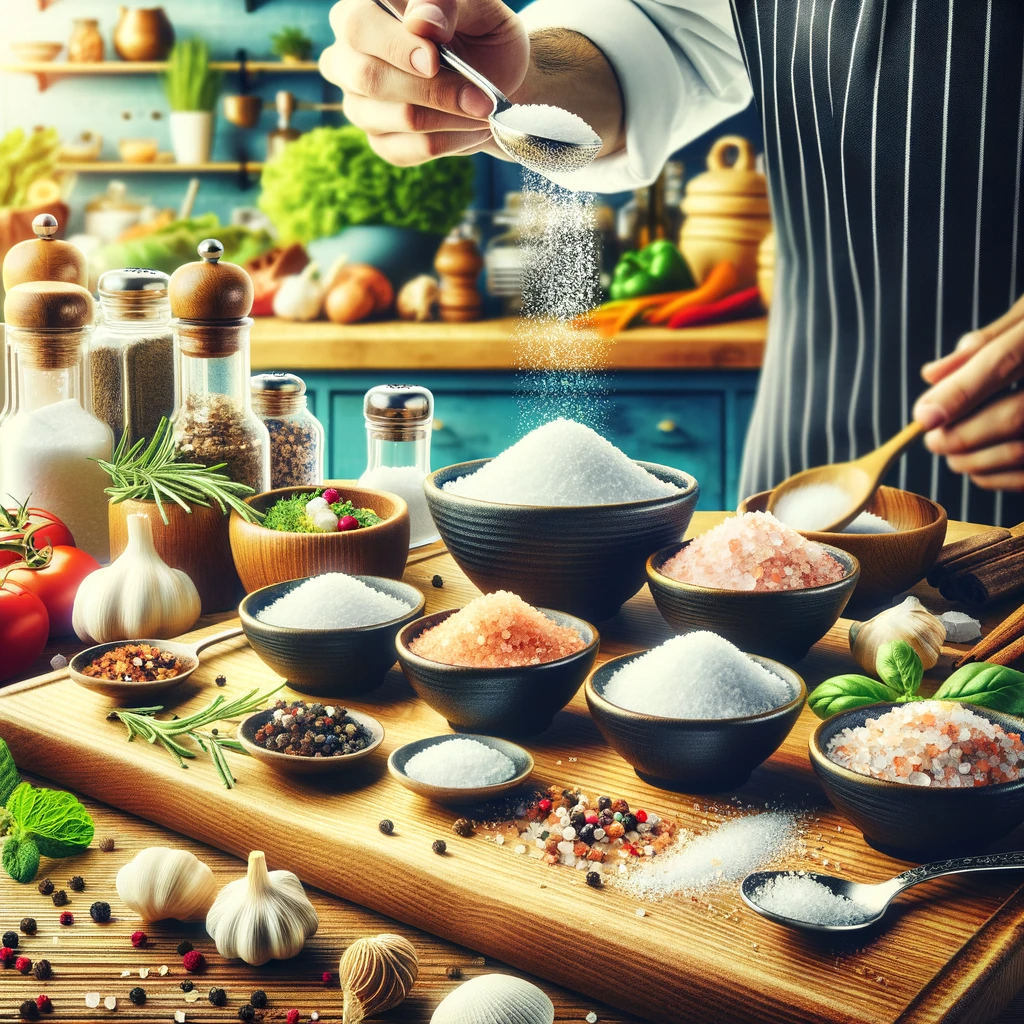Introduction
Salt is a fundamental ingredient in our daily lives, enhancing the flavor of our favorite dishes and preserving food. However, not all salt is created equal. There are various types of salt available in the market, each with its unique ingredients and characteristics. In this article, we will delve into the different types of salt and help you gain a better understanding of what makes them distinct.
Table Salt:
Table salt is the most common type of salt found in most households.
It is primarily composed of sodium chloride, with anti-caking agents added to prevent clumping.
Its fine texture makes it perfect for general cooking and seasoning.
Kosher Salt:
Kosher salt contains no additives or iodine.
It has a larger, flakier texture compared to table salt, making it ideal for koshering meat and providing a clean, crisp taste to your dishes.
It’s a favorite among chefs for its ability to adhere to food surfaces effectively.
Sea Salt:
Sea salt is harvested from evaporated seawater, retaining minerals and trace elements.
It comes in various textures and colors, depending on the source.
Some popular varieties include Himalayan pink salt, Celtic sea salt, and Mediterranean sea salt.
Himalayan Pink Salt:
Mined from the salt mines in the Himalayas, it gets its pink hue from mineral impurities.
Rich in minerals like potassium and magnesium, it offers a unique flavor and can be used for cooking or as a finishing touch on dishes.
Celtic Sea Salt:
Harvested from the Atlantic Ocean, Celtic sea salt is known for its grayish color.
It contains essential minerals and a mild, briny flavor.
Often used in gourmet cooking and for seasoning.
Flavored and Infused Salts:
These specialty salts are blended with various flavorings such as herbs, spices, or citrus zest.
They can add a burst of flavor to your dishes without the need for additional seasonings.
Smoked Salt:
Smoked salt is infused with real smoke flavor, offering a smoky essence to your dishes.
It’s great for adding depth to grilled meats and vegetables.
Himalayan Black Salt (Kala Namak):
This Indian salt variety has a distinctive sulfuric aroma and is used in many traditional Indian dishes, like chaat and chutneys.
It can be an acquired taste for some due to its unique odor.
Fleur de Sel:
Fleur de Sel is a delicate sea salt harvested from the top layer of salt ponds.
It’s prized for its light, flaky texture and subtle flavor, often used as a finishing touch on gourmet dishes.
Conclusion
Understanding the different types of salt and their ingredients allows you to make informed choices in the kitchen. Whether you prefer the purity of sea salt, the texture of kosher salt, or the unique flavors of specialty salts, there’s a salt variety to suit every culinary need. Experiment with these salts to enhance your cooking and elevate your dining experience.
